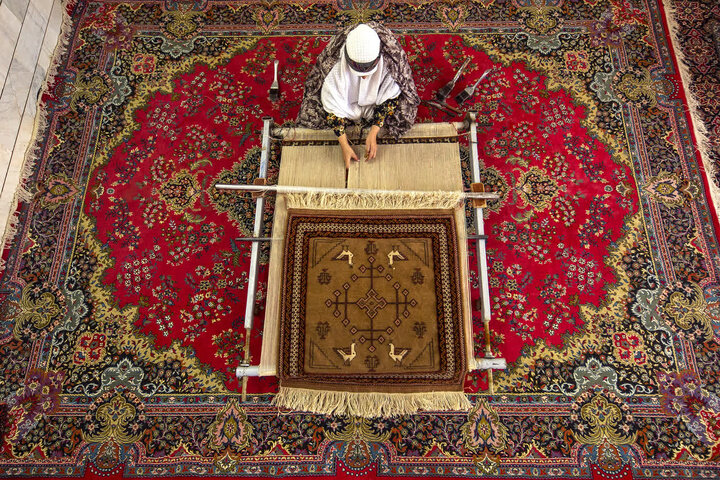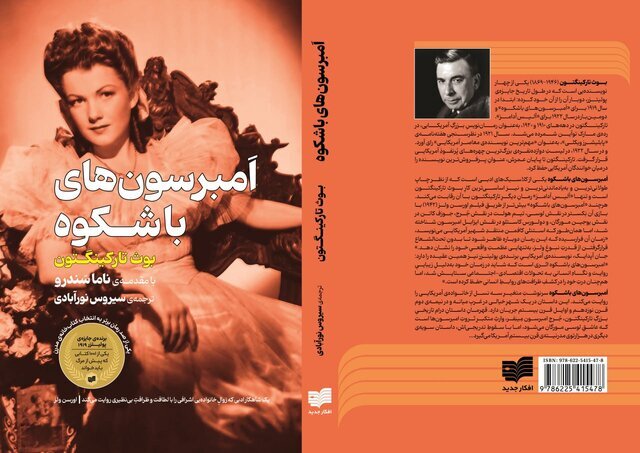
HOHHOT- A delegation of international journalists is visiting Inner Mongolia as part ofTravelogue of China,a project co-organized by the China Public Diplomacy Association (CPDA) andGlobal Times Online.The initiative has invited nearly 130 journalists from 80 countries across Asia-Pacific, Eurasia, Latin America, the Arab world, and Africa to explore 17 Chinese cities over the past two years.The latest group of journalists arrived in Hohhot, Inner Mongolias capital, on Monday for a five-day visit.They attended the opening ceremony of their tour at the National Center of Technology Innovation for Dairy in Hohhot.The event commenced with remarks from Li Peiyan, Director of the Cyberspace Administration of the Inner Mongolia Autonomous Region.
She highlighted Inner Mongolias advancements describing the region as one of Chinas top tourist destinations.
Wu Hailong, President of the China Public Diplomacy Association, also addressed the audience.
He emphasized thatTravelogue of Chinaoffers journalists aunique opportunity to gain a deeper, more nuanced understanding of Chinas rich culture and development.
Highlighting Inner Mongolias pivotal role, Wu noted,the region serves as a vital bridgeconnecting China to the world.Travelogue of China program seeks to provide foreign journalists with an opportunity to understand China in a profound mannerAdditionally, Shan Chengbiao, General Manager of Global Times Online made a statement during the ceremony and emphasized the significant role of Inner Mongolia in China's development.Isu Tuvshin, a Mongolian journalist, also spoke on behalf of the international media representatives.When most people think of Inner Mongolia, they imagine grasslands, yurts, and rich ethnic traditions, and yes, those are very much part of the picture.
But today, Inner Mongolia is also a symbol of modernization.
Its leading Chinas push for green energy, with vast wind farms and solar panels stretching across the steppe.
Cities like Hohhot are becoming centers for tech innovation, with growing industries in big data, AI, and cloud computing, Tuvshin said.She added, What makes it even more special is its diversity.
Mongols, Han, Hui, and other ethnic groups live side by side, creating a rich cultural blend that supports meaningful people-to-people exchange.
Looking ahead, I believe Inner Mongolia will continue to shineas a green development leader, a hub of regional cooperation, and a place where culture and innovation walk hand in hand.After the inauguration ceremony, He Jian, general manager of the National Center of Technology Innovation for Dairy, briefed the journalists on the center's significant advancements and accomplishments while guiding them on a tour of the facility.He said the center has integrated artificial intelligence (AI) across every stream of the dairy industryfrom optimizing cow management using AI learning and machine learning to enhancing supply chain.Yili Modern Intelligent Health Valley's cutting-edge infrastructure and innovative practices have left a lasting impression on visiting international journalists while elevating global dairy industry standardsThe foreign journalists then visited Yili Modern Intelligent Health Valley in Hohhot which is operated by Yili Group, the globe's most advanced and expansive intelligent dairy research and production base.
It ranks among the world's top five dairy producers and stands as Asia's largest.In front of the unmanned production base, the journalists were stunned by the fast speed of the canning and packaging of the milk.
The seamless coordination among the automated guided vehicles, the palletizing robots and wrapping robots significantly enhance the production efficiency.
The Yili Modern Intelligent Health Valleys state-of-the-art infrastructure, combined with a dedication to innovation, has elevated the standards within the dairy industry.Its core development zone covers 38 square kilometers, with a total collaborative area of 120 square kilometers.
It aims to boost industry-driven full-chain development, empower the smart city through digital innovation, and lead the integration of industry and city with green initiatives, so as to build a Dairy Silicon Valley and usher in a new era of integrated urban and industrial development.Discovering Inner MongoliaRenowned for its vast landscapes and rich resources,Inner Mongolia Autonomous Regionis often summarized asforests in the east, minerals in the west, farming in the south, and herding in the north.It leads China in grassland area, forest coverage, and per capita arable land while holding the worlds largest rare earth reserves.
As the countrys largest pastoral region, it blends tradition with modernity.Hohhot(meaningBlue Cityin Mongolian) serves as the regions political, economic, and cultural hub, earning the titleDairy Capital of China.
Meanwhile,Ulanqabspanning 54,500 square kilometersis celebrated as thePotato Capital of China, Summer Retreat Capital of Chinas Grasslands, Oat Capital of China,andYogurt Capital of Chinas Grasslands..
This article first appeared/also appeared in Tehran Times

 11
11














